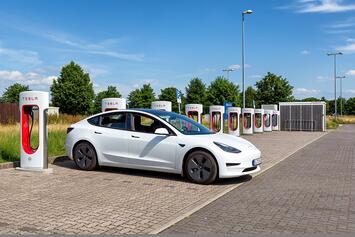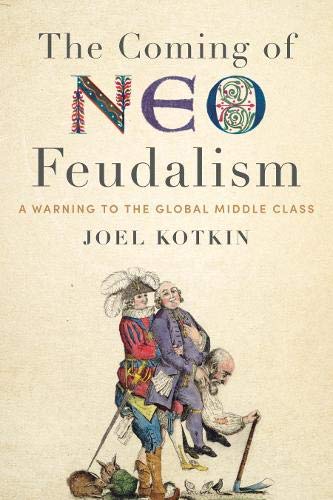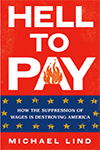
One of the executive orders President Trump signed on Monday calls for ending federal subsidies to and preferences for electric vehicles. With numerous media reports that EV sales were already tanking, some think that Trump’s order will kill the market for electric vehicles. It won’t, but it will shift things around.
Curiously, Trump’s order is supported by Elon Musk. He claims he simply opposes all subsidies, but some think that he hopes an end to subsidies will benefit Tesla by discouraging other automakers from developing new electric vehicles. But there is a hidden cost to this order that could severely impact Tesla’s bottom line.
Trump’s order does not immediately eliminate any of the subsidies, some of which would require an act of Congress, but it directs his administration to work towards that goal. The most obvious subsidy is the $7,500 tax credit for buyers of electric cars. This subsidy is not as substantial as it could be since roughly half of American families don’t earn enough income to pay $7,500 in federal taxes, and thus can’t take full advantage of this tax credit.
There’s a hidden subsidy, however, known as regulatory credits in which various state and national governments require all automakers to sell a certain percentage of zero-emission vehicles. Those who don’t sell enough can buy credits from those that sell a surplus. Since Tesla sells only electric vehicles, it can sell regulatory credits to companies such as Chrysler that don’t sell enough.
In recent years, Tesla has earned close to $1.8 billion a year, or more than 40 percent of its profits, from selling regulatory credits. This revenue represents a subsidy from buyers of petroleum-fueled vehicles to buyers of electric vehicles and is a major reason why Tesla has been able to sell electric vehicles for less money its rivals among the traditional car companies.
A decade or so ago, Ford was skeptical of electric vehicles, but now it trails only Tesla in the number of such vehicles it makes each year. It seems likely that Ford entered the EV market on such a large scale mainly so it could avoid paying credits to Tesla. That bet didn’t turn out well for Ford.
In the United States, the regulatory credits market was created by California and 13 other states that had required manufacturers to make electric vehicles. Trump’s order revokes the ability of states to impose different emissions requirements from the rest of the nation, thus essentially killing regulatory credits. Some European countries are also ending their EV subsidies and regulations.
Prior to Trump’s order, the EV market wasn’t dying, but it wasn’t doing great either. Tesla’s worldwide sales dropped by just 1 percent in 2024, but its sales in the U.S. dropped by 23 percent. However, Tesla’s decline was probably due to the growth of EV sales by other companies, notably Ford.
As a share of the U.S. car market, pure EVs grew from 2 percent in 2019 to around 8 percent in 2024 while hybrids grew from around 2 percent in 2019 to 13 percent in 2024. More than one out of five automobiles sold in the U.S. in 2024 were one form of electric or another.
Read the rest of this piece at The Antiplanner.
Randal O'Toole, the Antiplanner, is a policy analyst with nearly 50 years of experience reviewing transportation and land-use plans and the author of The Best-Laid Plans: How Government Planning Harms Your Quality of Life, Your Pocketbook, and Your Future.
Photo: Avda, via Wikimedia under CC 3.0 License.












